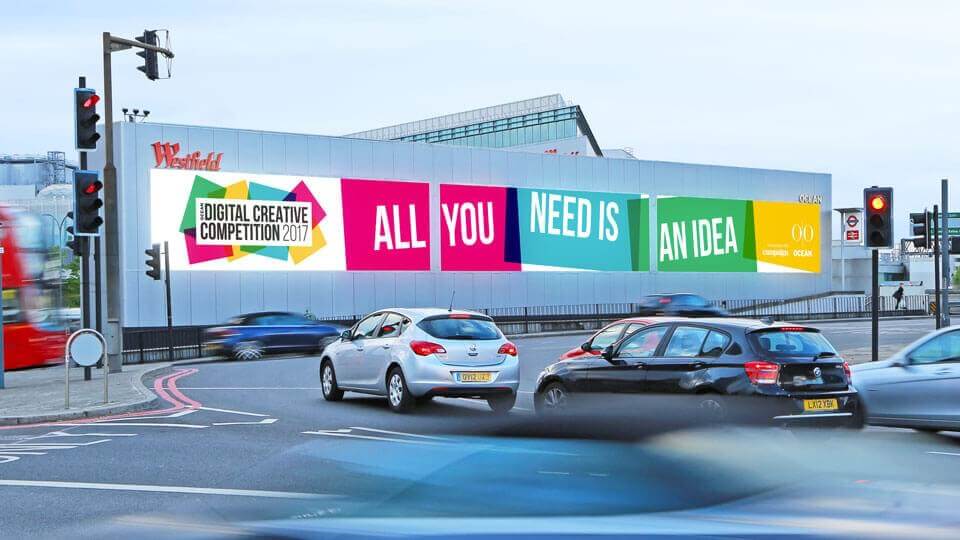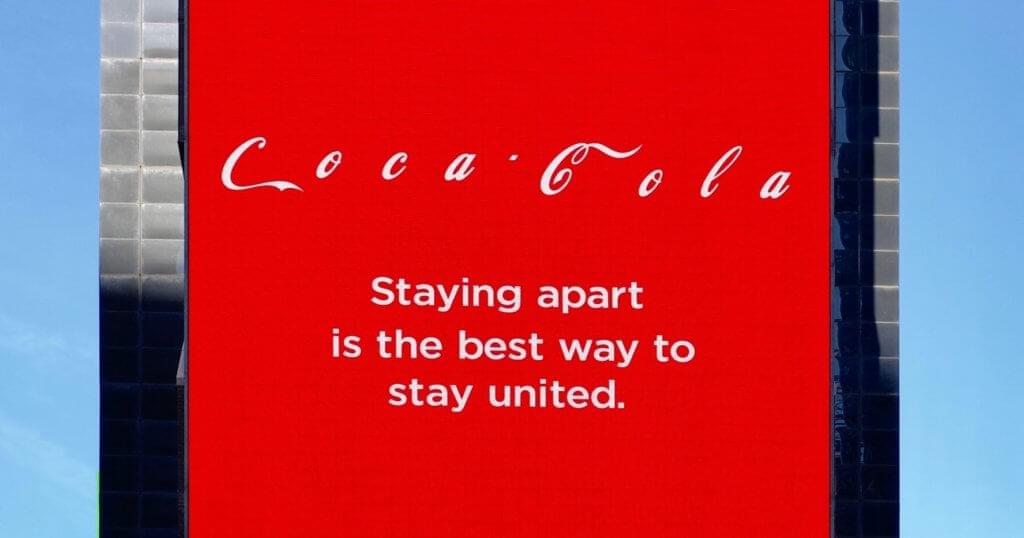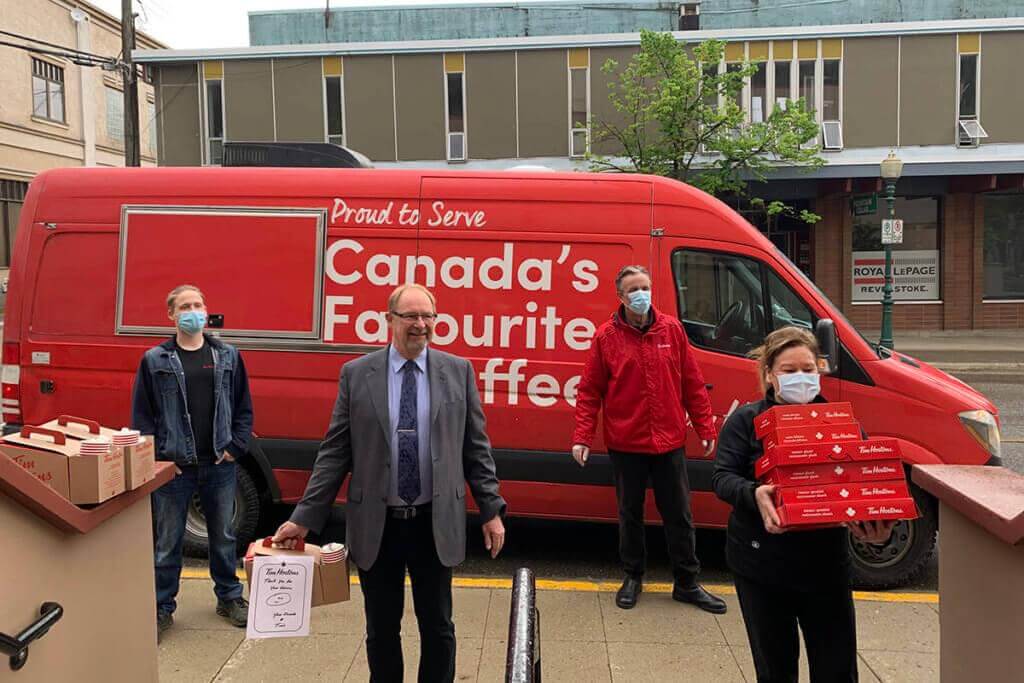As we enter the third and final reopening phase of the pandemic in the province of Ontario, brands have a critical opportunity to reach consumers. As people resurface in popular city hot spots, brands should be using out-of-home (OOH) to promote their businesses for a number of reasons. OOH leverages hyperlocal branding, data-led planning, dynamic messaging, and programmatic technology in order to create engagement and revenue for its advertisers. These kinds of innovative and industry-leading advertising tools are exactly what brands need to connect with consumers in a post-lockdown world and here’s why.
Hyperlocal branding makes it personal
In Ontario, most businesses, services, and public places are beginning to open with specific safety precautions put in place. This comes as a relief to the advertising community, as people will once again be exposed to targeted OOH ads. According to industry experts, hyperlocal content will become more effective than any other advertising tactic in the post-lockdown world because people will be venturing out more frequently in their own neighbourhoods. Now with the development of data-driven analysis, OOH presents advertisers with the perfect opportunity to impact consumers on a more localized and personal level, as the ads can be modified depending on their surroundings. This type of advertising has the potential to revive businesses and provide impactful ROI.
Car-heavy travel will spark OOH

The way people consume media is drastically changing in this new post-quarantine world. Locations that are receiving more foot traffic than ever before – like grocery stores, gas stations, parks, and other essential businesses – are becoming the new hot spots for OOH. These trips are also being done – now more than ever – by car because it’s safer than taking public transit. According to a recent Media in Canada article, as of April 26th when provinces started to announce plans for reopening, traffic began to pick up as much as 50% in select markets. As people take to the roads, advertisers have the opportunity to use OOH advertising to their advantage. Whether that be through billboards, truck side ads, ads on the sides of buildings, taxi ads, and more.
Dynamic messaging will be key

People have lost friends, family, time, and hope during the pandemic and are in need of reassurance and dependability. The Edelman Trust Barometer recently revealed the roles that brands are expected to play during the coronavirus pandemic. The study found that 84% of respondents said they want to see how brands help people cope with pandemic-related challenges. It also revealed that 71% of people say that if they notice a brand is putting profit over people, they will lose trust in that brand forever. The world is in a fragile state and consumers want to be able to rely on something – even if it’s only the brands they trust – to get them through these hard times. That is why it is critical for advertisers to reshape the way they create ads in order to make their consumers feel assured.
Take Tim Hortons as an example. When the pandemic began to force store closures, physical distancing, and major layoffs, Tim Hortons began to rethink their advertising strategies. The Canadian fast food and coffee chain created two new advertisements that helped their consumers feel more safe and secure. The first was a print ad on their coffee cups that featured large “Thank You” messages and the names and professions of 100 essential workers.

The second focused on Tim Hortons trucks as they delivered free coffee and doughnuts to essential workers. They focused their advertising less on what they have to sell and more on their social responsibilities as a brand.

Programmatic Digital OOH is essential
One thing that OOH advertising does really well is adapt to the constantly shifting market. The pandemic has created even more unpredictability, which OOH can take advantage of in these difficult times. According to Marketing Dive, by targeting the right geographies and adjusting fast, OOH has the potential to lead the way in advertising post-quarantine. This kind of advertising is called programmatic digital OOH (DOOH), which uses data to analyze segmented audiences so that advertisers pay for ads that are more likely to reach their target audience. The old “spray and pray” method is wasteful and outdated, while programmatic OOH is reliable and cost effective. Especially when the future seems so uncertain, programmatic DOOH will be a smart move for advertisers to make post-shutdown.
Recap
OOH offers the right tools to navigate through the pandemic because it is perfectly positioned to adapt to rapid shifts in the market. Not to mention, through the use of hyperlocal branding, an increase in roadside ads, dynamic messaging, and programmatic technologies, OOH advertising has the potential to be an extremely effective form of advertising during this time and beyond. As people begin to leave their homes, eager to contribute to the economy, they will be exposed to new and noteworthy ads. Expectations are high, and by using OOH, advertisers will have a leg-up on their competitors.


